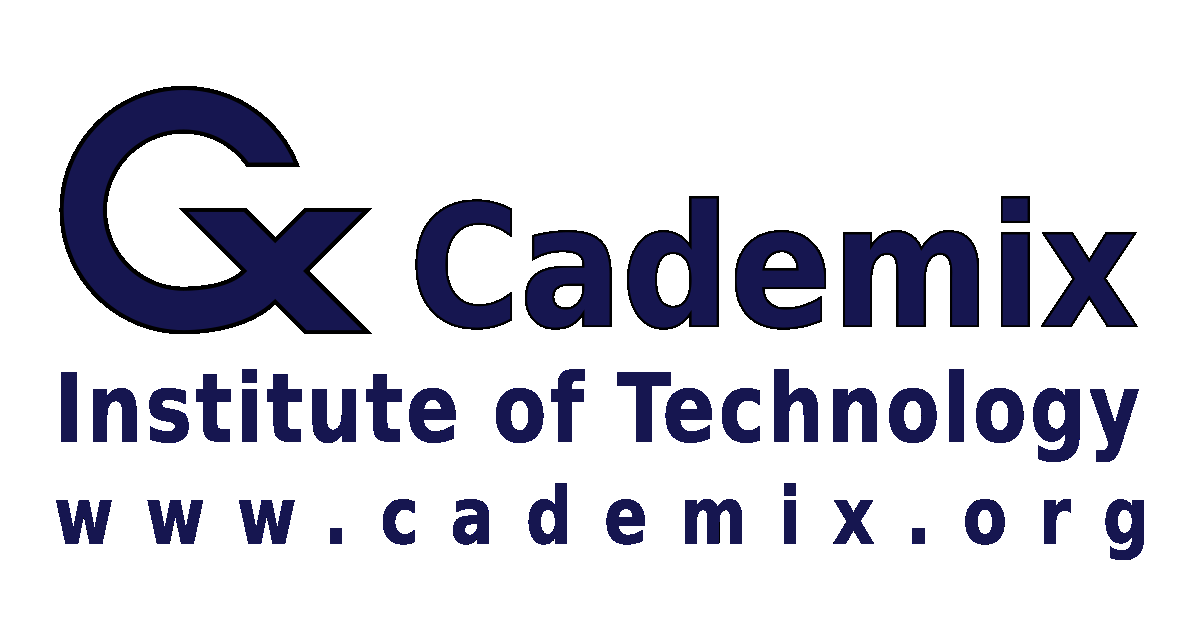The rapid growth of digital content has led to a paradigm shift in Digital Content Responsibility —from content creators and platforms to individual users. In an era where social media platforms reduce direct content moderation, it is increasingly expected that consumers critically analyze the information they engage with. This article explores the transition from creator accountability to user-driven responsibility, the implications of mixed-content formats, and how thought leaders must set new industry standards. Additionally, we examine the business advantages of embracing this new model and the future trajectory of digital content responsibility.
Keyphrases: Digital Content Responsibility, User-Driven Accountability, Mixed Media Interpretation
Table of Contents
Introduction
The digital landscape is undergoing a massive shift, where content responsibility is no longer just in the hands of creators and platforms. Users are now expected to critically evaluate the media they consume. This transformation is not just a trend but a necessity as the volume of online information grows exponentially. With social media platforms redefining their policies and reducing direct content moderation, it has become evident that the future of digital engagement requires a new standard—one where user responsibility is paramount.
The decline of traditional content verification systems has raised new challenges for digital users. Previously, major platforms and institutions played an active role in ensuring accuracy and labeling content accordingly. However, as misinformation continues to spread and the volume of online data surpasses moderation capacities, users are now expected to navigate and interpret content independently. This new digital paradigm requires the public to develop enhanced critical thinking skills and a greater awareness of media bias, logical fallacies, and algorithm-driven content promotion.
The acceleration of AI-driven algorithms further complicates the landscape. These recommendation engines prioritize engagement over accuracy, often pushing content that aligns with user biases. This necessitates a conscious shift from passive content consumption to active critical analysis, where users must cross-check information sources and evaluate the credibility of digital material.

The Shift from Creator Accountability to User Responsibility
For years, content creators and platforms bore the brunt of accountability, ensuring that information was labeled, fact-checked, and categorized appropriately. However, this model has proven unsustainable. With billions of posts, videos, and interactions happening daily, platforms like Meta (Facebook, Instagram), X (Twitter), and YouTube have gradually restructured their policies, shifting liability toward consumers. Users are now expected to approach content with a critical mindset, verifying information rather than assuming its validity based on superficial labels.
This shift is evident in the declining reliance on content labels. Many institutions and businesses are moving away from explicitly categorizing content as factual, satirical, or educational, instead allowing users to interpret meaning based on context. This approach aligns with the reality that most users do not engage with disclaimers or content descriptions in full before forming opinions. Furthermore, the growing concern over censorship and bias in fact-checking processes has led platforms to minimize their intervention, placing greater trust in audiences to assess information credibility.
Despite the concerns about misinformation, this transition aligns with broader societal changes in how people consume information. The increasing use of AI-driven recommendation systems has led to the personalization of content feeds, further reinforcing the necessity of personal discernment. Users must adapt to this evolution by refining their media literacy and adopting strategies to differentiate reliable sources from misleading ones.
In this landscape, institutions that take proactive steps to educate users on digital literacy will become industry leaders. As the public shifts towards a model of self-regulation, businesses and educational organizations must take responsibility for equipping individuals with the tools necessary to assess content credibility.
The New Reality: Mixed Content and Self-Regulation
A key characteristic of modern digital content is its mixed nature—blending education, satire, opinion, and entertainment in a way that challenges traditional categorization. The responsibility to discern meaning and validity has shifted to consumers, reinforcing the idea that personal critical thinking is the best safeguard against misinformation.
This blend of content types creates an ambiguous environment where traditional classification methods no longer apply. An educational video may incorporate humor and opinionated commentary, while a satirical post may contain factual elements. This convergence makes it difficult to determine intent at a glance, requiring audiences to apply context-based analysis when engaging with digital media.
As social media platforms adapt to this reality, there is a growing trend of community-based content moderation. Platforms like Reddit and Wikipedia have long relied on user-driven content evaluation models, setting a precedent for how digital responsibility should function. Major social platforms are now shifting towards similar systems, where community feedback plays a central role in content verification and regulation.
These shifts indicate that the traditional gatekeeping function of media institutions has been replaced with a decentralized, participatory approach to information regulation. Users must understand the impact of their engagement on these platforms and take active roles in identifying misinformation.
Setting Industry Standards: A Thought Leadership Perspective
This evolving landscape presents an opportunity for organizations to take the lead in defining best practices for content responsibility. Rather than being reactive to misinformation concerns, thought leaders must proactively educate audiences on their role in content interpretation. At Cademix Institute of Technology, we have implemented policies that reflect this new standard—moving away from outdated content labeling and focusing on user accountability.
We recognize that users have short attention spans and selective engagement patterns. Therefore, our policies reinforce the principle that online content is for broad informational and entertainment purposes unless explicitly stated otherwise. This aligns with the broader industry trend where businesses and institutions are shifting away from the traditional ‘fact-checking’ burden and emphasizing personal discretion instead.
Moreover, businesses that adopt these new industry standards set a precedent for transparent communication. By openly acknowledging the mixed nature of digital content, organizations can build trust with their audience while simultaneously encouraging responsible media consumption. Institutions that lead this transition will have a competitive advantage, as they will be seen as pioneers in the evolving digital information space.
The Future of Digital Content Responsibility
The next decade will see further refinement of user-driven content responsibility. As artificial intelligence plays a greater role in information dissemination, platforms will increasingly rely on automated analysis to guide users rather than enforce rigid moderation policies. This shift will further emphasize the importance of digital literacy as an essential skill.
Governments and regulatory bodies may introduce new policies aimed at educating users rather than controlling platforms. We can expect an evolution of ethical and legal frameworks that encourage businesses to adopt user-driven responsibility models rather than overregulating the digital space.
Additionally, emerging technologies such as blockchain and decentralized media platforms may play a role in establishing new models of content verification. These systems could provide transparent and tamper-proof records of content origins, empowering users to trace the reliability of information sources. By staying ahead of these developments, businesses and institutions can remain at the forefront of digital responsibility initiatives.
Conclusion
The age of passive content consumption is over. The future of digital responsibility lies in user-driven accountability, where individuals critically engage with the content they encounter. Platforms and businesses are adapting to this reality by redefining how information is presented, shifting away from rigid fact-checking models. Thought leaders and organizations that set these standards will shape the next phase of digital engagement, positioning themselves as pioneers in the new era of content responsibility.
This transition is not just a challenge but an opportunity for businesses, content creators, and audiences alike. Those who adapt will thrive in the digital information economy, while those who resist will find themselves left behind. The responsibility is now in the hands of individuals, and the future of media literacy depends on the collective ability to rise to the challenge.

